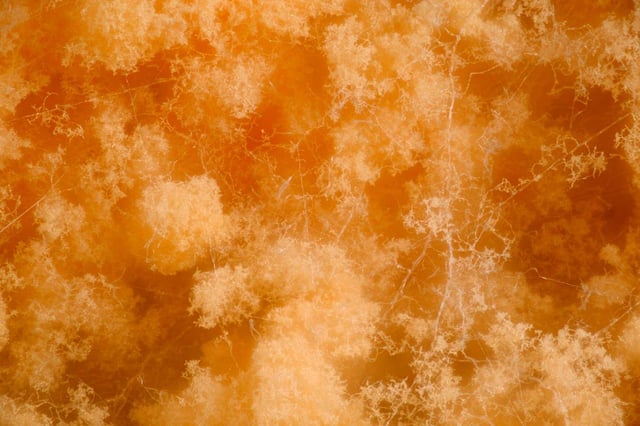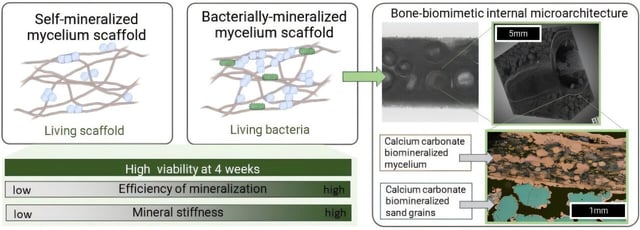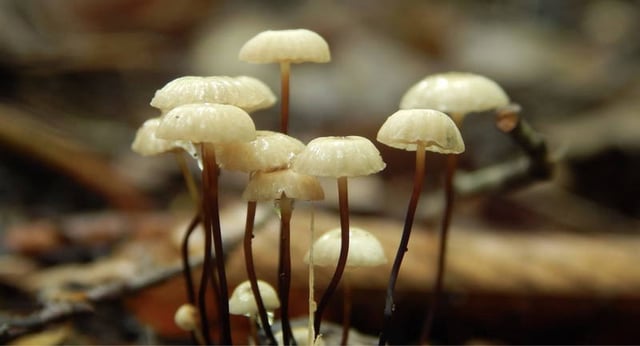Overview
- The material, made from fungal mycelium and bacterial cells, can autonomously repair structural damage and survive for at least a month, a significant improvement over previous biomaterials.
- This innovation, published in *Cell Reports Physical Science*, is designed as a sustainable alternative to cement, which accounts for 8% of global CO₂ emissions.
- The researchers used fungal scaffolds to create intricate internal architectures, increasing the material's versatility for construction applications.
- The team aims to extend the lifespan of the living cells and develop efficient large-scale production methods for practical use.
- While not yet a full replacement for concrete, the material represents a major step forward in reducing the environmental impact of construction.



